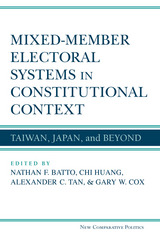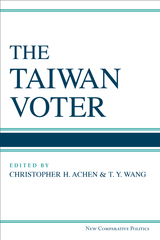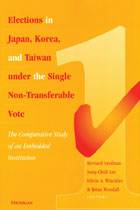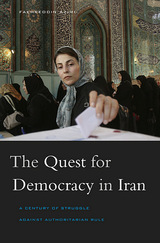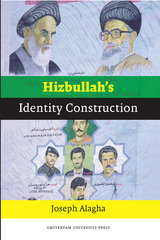eISBN: 978-0-8229-7140-5 | Paper: 978-0-8229-5414-9
Library of Congress Classification JQ1681.D45 1989
Dewey Decimal Classification 306.20952
Following World War II, the American Occupation created Western style democratic institutions in Japan and sought to develop a society and culture that would support a democratic political system. Now, after four decades, the successes and failures of Japanese democracy can be assessed. How equal are Japan’s citizens? To what extent are their views represented in the legislature? How does Japan handle dissent and protest? How stable is its democracy?
In closely related and readable essays, thirteen leading experts consider three main components of democracy in Japan - political, social, and economic. The editors’ introduction provides historical background, making this book accessible and valuable for students, the general reader interested in Japan, as well as the specialist.
See other books on: 1945- | 1945-1989 | Democracy | Japan | Political culture
See other titles from University of Pittsburgh Press





